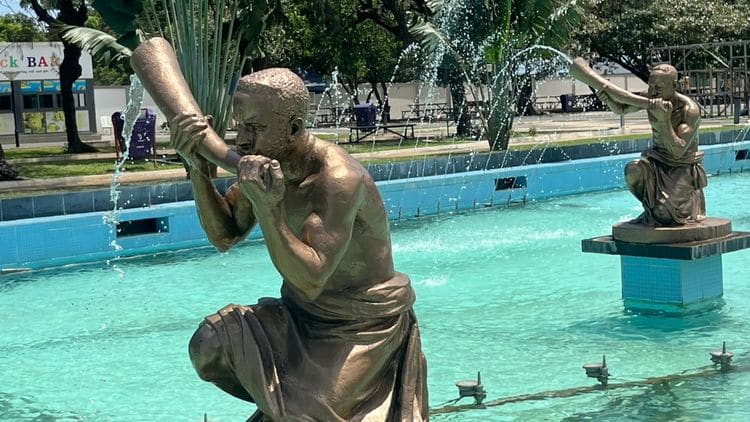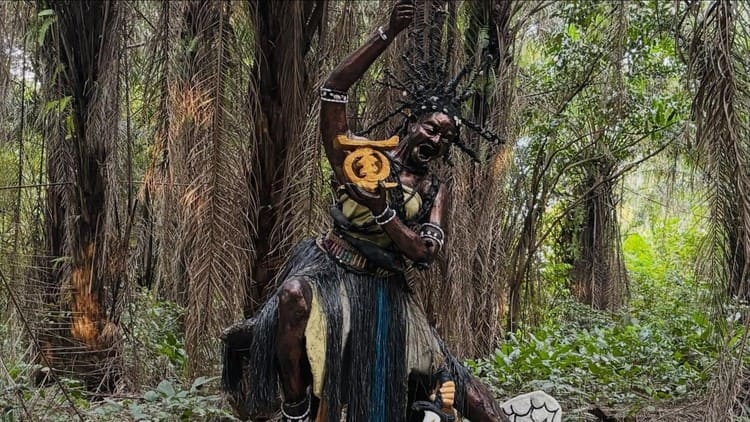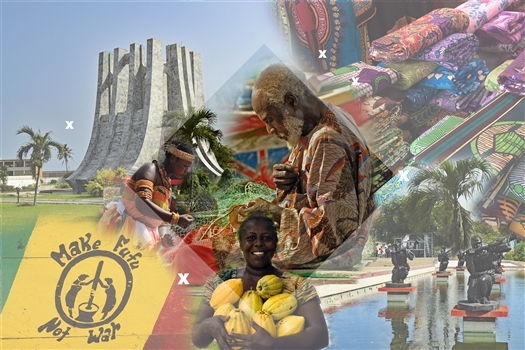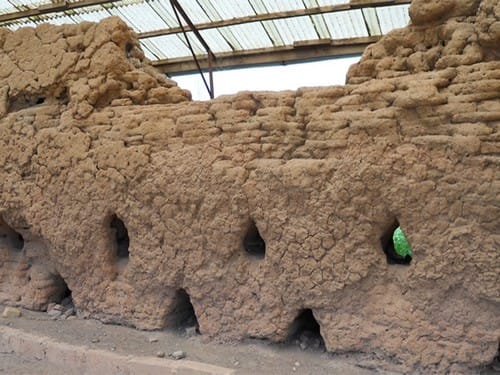The historical Gwollu Slave Defence Wall situated near the Burkina Faso-Mali border in the upper west region served as a barrier against slave traders at the time.
As Ghana has a long history of slavery, the wall takes one back to the days of slavery when Africans struggled for freedom. The wall portrays a sense of self-defence. It serves as a symbol of courage, hope and resilience against slave traders. It reminds the people of the sombre history their ancestors had. The Gwollu Slave Defence Wall is believed to have been built in the 19th century.
History
This huge wall stands 13 feet tall and 6 feet thick and was built out of mud and bricks. The defence wall was built in the 19th century voluntarily by the local community under the leadership of the Sisalla leader Kuoro Tanjia. The erection of the wall occurred years after the slave trade was abolished and trans-Atlantic trade was nearing its end. Two infamous notorious war lords Samori and Babatu continued to raid the local community which led to the erection of the wall for protection. It consisted of a double ringed wall to safeguard the people and to protect the plantations and water sources. Historically, the wall serves as a symbol of resilience and fight against slavery. It is believed to have been built within 2-3 years.
Exploring the wall
Exploring the remains of the Gwollu Slave Defense Wall will provide you with insoght into the history and people of Gwollu. Due to its proximity to the chief’s palace, you can also pay a visit to the palace. Explore Ghana’s ancient architecture. Enjoy the delicious dishes prominent in the community. You can witness the craftmanship of the local community, basket making, weaving, Blacksmithing etc..
Nearby attractions
Your adventurous journey to the upper west region should not end at the Gwollu Slave Defense Wall. Here are some tourist attractions you can visit:
- Grave of Dr. Hilla Limann: This is the tomb of a former president of the Republic of Ghana, Dr. Hilla Limann. He served from 24 September 1979 to 31 December 1981 during the third Republic.
- Nakore Mosque
- Gbele Game Reserve
Planning your trip
Getting to the Gwollu Slave Defence Wall is quite involving due to its geographical location. Public transportation is quite restricted. It is advisable to hire a private car . If you are visiting from Burkina Faso, you can cross the border since it's closer to the wall. You are advised to pack lightweight clothing due to how hot the region is. Have enough cash on you. Get mosquito repellent to prevent mosquito bites. Get enough bottled water since drinking from pipes is not advisable. Always ask for permission before taking photographs. Ghana’s tradition does not allow for the use of left hands in eating, greeting and other acts. It is a sign of disrespect. It is expected of you to use your right hand.

Derrick Nimako, media specialist and storyteller, shares captivating stories and articles on GhanaTRVL.
















Comments